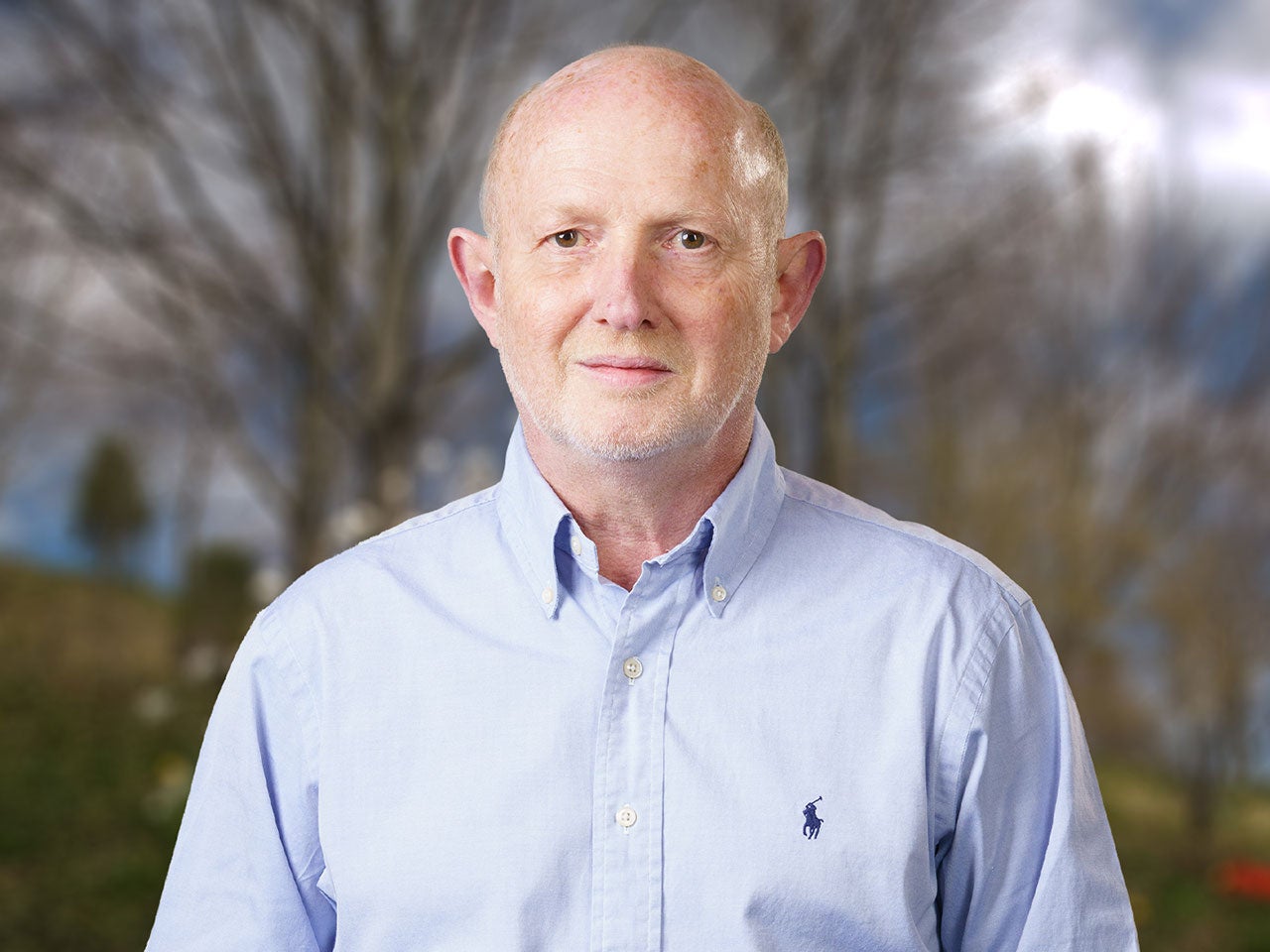Small RNAs generated in companion cells enter neighboring sperm nuclei and inactivate harmful DNA
Cold Spring Harbor, NY — In plant pollen grains, sperm cells, which carry the genetic material to be passed on to progeny, are cocooned within larger “companion” cells, called pollen vegetative cells. These companions provide sperm with energy and nourishment, and push them toward their targets during fertilization.
A team of plant geneticists at Cold Spring Harbor Laboratory (CSHL) led by Professor Robert Martienssen, Ph.D., has discovered that the companion cells provide sperm with more than just succor. They also provide them with instructions that protect sperm DNA from damage and thus help pass on a stable genome to the next generation.
The instructions offered to sperm come in the form of small RNA molecules that companion cells pass on to sperm. These small RNAs, the CSHL team shows, have the power to inactivate, or “silence,” specific DNA sequences. In this way they help set up gene expression patterns in sperm, providing the next generation with instructions that specify which regions of the genome should be turned on and which should be switched off. These findings will be published in the February 6th issue of the journal Cell.
Revealing hidden transposons
The CSHL team made this discovery while studying how and when certain DNA sequences called transposons are activated in plant genomes. Transposons are the genomic equivalent of parasites. When activated, they become mobile, jump around the genome and insert themselves randomly in DNA, disrupting normal gene function, causing DNA damage and genome instability.
Transposons are kept in an inactive state in cells via a set of chemical modifications to histones, the proteins around which DNA is spooled. These modifications prevent the DNA from being expressed. Scientists call these modifications “epigenetic;” they alter patterns of gene expression without changing the actual sequence of DNA “letters.”
In all multicellular organisms, genome-protecting epigenetic modifications must occur in each generation to ensure that transposons remain inactive. In animals, there is good evidence that epigenetic marks are first wiped clean and then reset in the germline cells—such as sperm cells—that gives rise to the next generation.
Martienssen’s group has discovered that in plants, however, epigenetic marks are lost not in the sperm, but rather only within “companion” cells. The loss of these marks specifically occurs only in the regions of the genome that contain transposons, resulting in their activation. This specific activation of transposons only in the “companion” cells and not sperm cells achieves two crucial things, according to Martienssen.
“It forces transposons hidden among the DNA to ‘reveal’ themselves,” says Martienssen, “thus alerting the companion cells to their exact locations in the genome.” And because transposons are only activated within these companions—which do not pass on their genetic material to the next generation—the ensuing DNA damage is restricted to these cells alone while the genome of the sperm remains safe.
Companion cells generate transposon-silencing small RNAs
This activation of transposons in the “companion” cell, the CSHL team found, has a more far-reaching consequence: it helps generate the epigenetic information that will prevent transposons in the genome of the neighboring sperm cells from ever becoming active.
The epigenetic instructions are small bits of RNA molecules called small interfering RNAs (siRNAs), which get transported from the companion cell and deposited into the sperm cells. There, they inactivate or “silence” transposon DNA via a phenomenon known as RNA interference.
“The companion cell is thus a completely selfless, altruistic cell,” says R. Keith Slotkin Ph.D., a postdoctoral researcher in Martienssen’s lab and lead author of the paper. “It allows its own transposons to get activated and suffers DNA damage—essentially just to enforce epigenetic reprogramming and transposon silencing in the next generation.”
Other organisms, such as insects and lower forms such as ciliates—a group of microorganisms bearing tail-like projections called cilia—also carry sperm cells adjacent to larger companion or “nurse” cells. The authors propose that like plants, these organisms might have also evolved such a system of epigenetic reprogramming in which the “revelation” of transposons in the genome of companion cells results in the control of transposon activity in the sperm.
Research for the study was performed in collaboration with a team of pollen specialists from the Instituto Gulbenkian de Ciencia in Lisbon, Portugal.
Written by: Peter Tarr, Senior Science Writer | publicaffairs@cshl.edu | 516-367-8455
Citation
“Epigenetic reprogramming and small RNA silencing of transposable elements in pollen” appears in the February 6th issue of Cell. The full citation is: R. Keith Slotkin, Mathew Vaughn, Filipe Borges, Milos Tanurdzic, , Jorg D. Becker, Jose A. Feijo, and Robert A. Martienssen. The paper can be found online at http://cell.com/abstract/S0092-8674(08)01644-9 (doi:10.1016/j.cell.2008.12.038)
Principal Investigator

Rob Martienssen
Professor & HHMI Investigator
William J. Matheson Professor
Cancer Center Member
Ph.D., Cambridge University, 1986